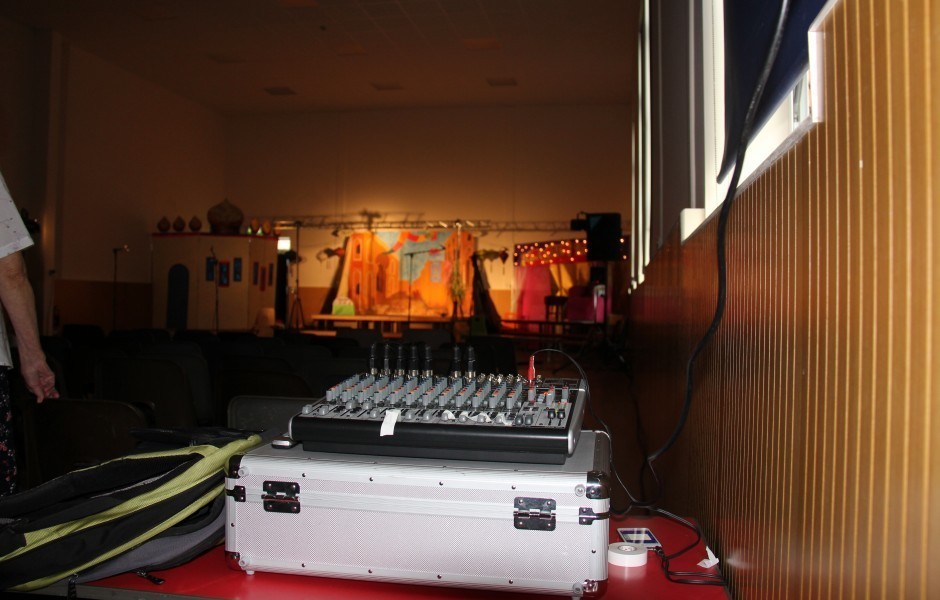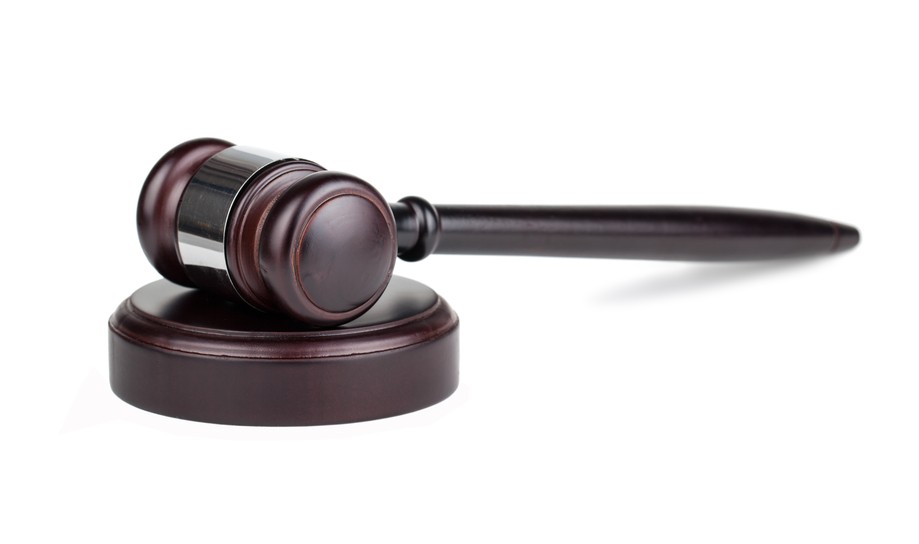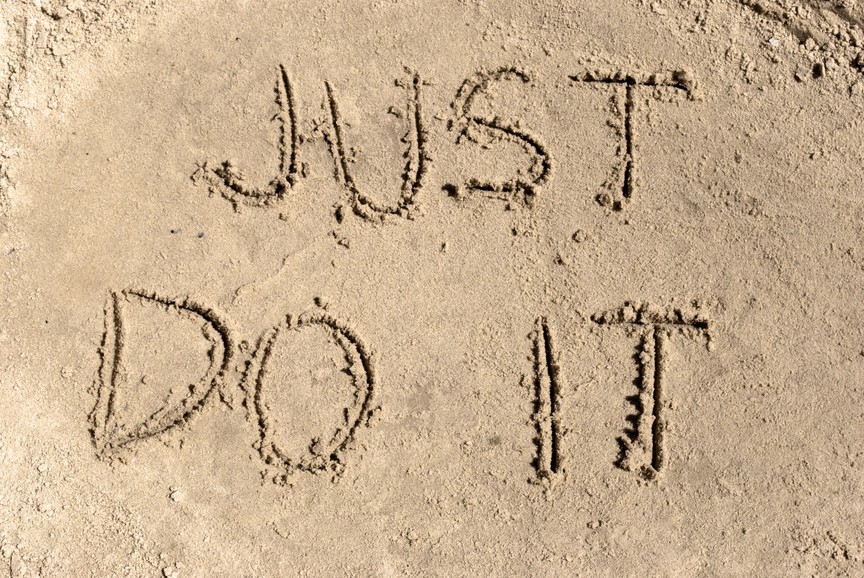This blog post first appeared in the Somerset County Gazette.
It is play season in my daughters’ school.
I don’t mean that the kids are just playing all day now that SATS are done. Perish the thought.
And I don’t mean that the educational establishment has given up the long battle and finally agreed that Minecraft does in fact count as an exam subject and so can happily fill the school day.
No, it is time for the thespians to emerge; for speech to be enunciated in a slightly forced way as if speaking a new language for the very first time; for makeup and cross dressing to be brought firmly, fairly and non-judgementally into the mainstream.
It is the year 6 play.
We have had months of rehearsing, long evenings of line learning, and the CD on constant repeat so that the same songs rattle round my head as if a careless neurosurgeon had lost his iPad with the setting on “Disney songs”.
Finally, Aladdin was performed this week.
And very good it was too. The jokes were hardly Jimmy Carr (no bad thing) but generated a guffaw or two. The story was well known but still dramatic. The action was fast moving, and performed without a safety net. Everyone remembered their lines, and no one froze. Some songs were genuinely moving, and voices shockingly good. The crowds cheered and clapped and paid their £2.50 without a word of complaint.
A few of the parents got involved too spending happy hours setting up lighting, running long leads, plugging things in and shouting “one two” into mikes as if the whole experience had robbed us of the ability to count any higher.
What did I learn?
Well, the small parts are the ones that really make the play. The principles do a great job, but it is perhaps the actor with one line, or just one action to bring props in at the right moment that impress me. These are the things that make it all professional and slick.
Teachers do give up their time freely to direct, act, sew, paint, coach and support. Not a big surprise to many I guess, but in my day I’m pretty sure they were all down the pub by 4.
And much as I may mock, an ensemble piece of theatre does bring out the community spirit in us all.
What I didn’t learn is how in fact to find a genie. The lamps in our house are all suddenly well-polished, but no puff of smoke and no wish in sight. But I’ll keep trying: the show must go on.








